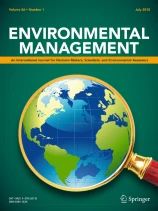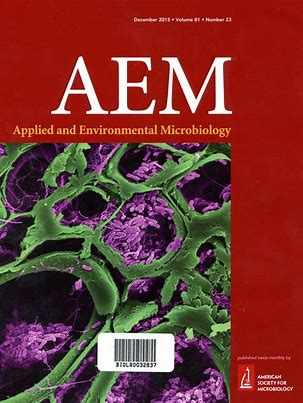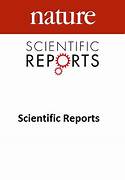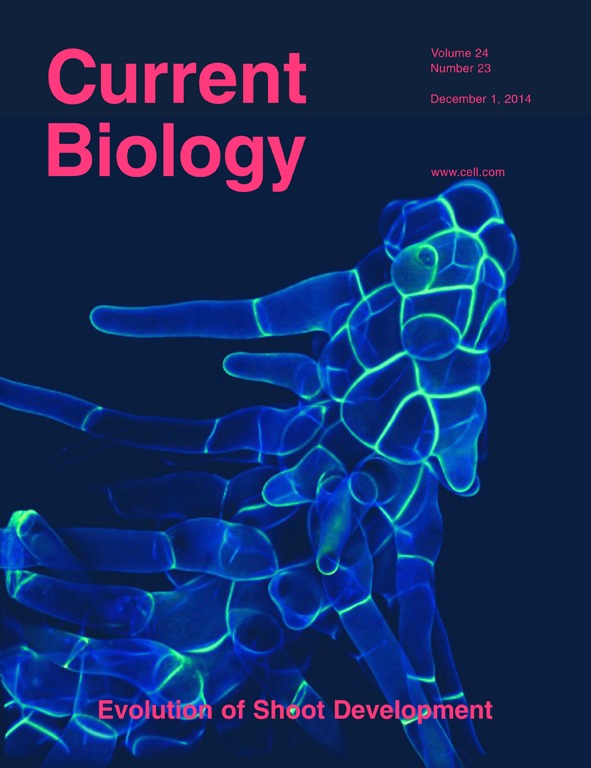- Programme area:1) Biodiversity in a Changing World

Identifying Major Factors for Success and Failure of Conservation Programs in Europe
Evaluating the readiness for river barrier removal: A scoping review under the EU nature restoration law
Legacy effects of an invasive legume more strongly impact bacterial than plant communities in a Mediterranean-type ecosystem
Predator exposure early in life shapes behavioral development and individual variation in a clonal fish

Assessing environmental gradients in relation to dark CO2 fixation in estuarine wetland microbiomes

Globisporangium tabrizense sp. nov., Globisporangium mahabadense sp. nov., and Pythium bostanabadense sp. nov. (Oomycota), three new species from Iranian aquatic environments
Collective anti-predator escape manoeuvres through optimal attack and avoidance strategies
The research team investigated the predator-prey behaviour of striped marlins (Kajikia audax) and sardine shoals (Sardinops sagax caerulea) in the open ocean. Their findings reveal that individual prey in groups follows simple decision-making rules, which lead to complex, collective self-organized manoeuvers – and that this response is something predators can capitalize on.
A conceptual classification scheme of invasion science
Combining expert knowledge with literature analysis, this study developed a conceptual classification scheme of invasion science that allows to organize publications and data sets, guide future research, and identify knowledge gaps. The scheme features 5 major themes of invasion science that are divided into 10 broader research questions and linked to 39 major hypotheses of the field.
Evidence for a by-product mutualism in a group hunter depends on prey movement state
Why do animals hunt in groups? The authors have shown in a field study in the ocean off Mexico: the faster the prey school moves, the higher the capture rate of the striped marlin. This is because if the prey school is moving fast, individual prey fish are more likely to become isolated. These isolated fish are then easily caught by the non-attacking marlins, an advantage of group hunting.








